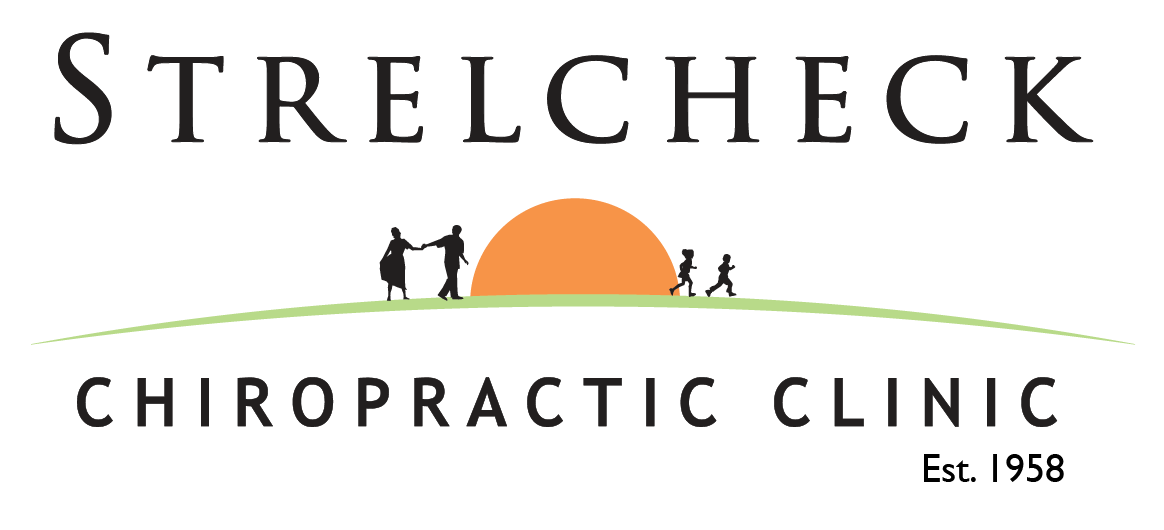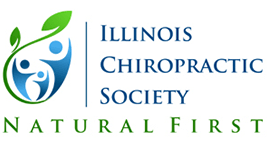
Cholesterol: The Good, The Bad, and the Whole Picture
All this talk about cholesterol, lipids, and “good” and “bad” can be so confusing! Cholesterol and fat were things that we thought were always unhealthy, but research has shown that there are different types, some that increase the risk of heart disease and some that are actually protective! To check your risk of heart disease, your doctor may order a lipid profile test. This checks the levels of at least four lipid – fat – components in your blood: – Total Cholesterol: This is the total amount of cholesterol floating in your blood stream, some of which may offer protection against heart disease, and some of which may increase your risk. Your total cholesterol level should be less than 200 mg/dl (milligrams per deciliter). – LDL Cholesterol: LDL, or low-density lipoprotein, cholesterol, usually labeled “bad,” tends to adhere to the inside of blood vessel walls, building up blockages that can cause a heart attack. You want your LDL level to be low – ideally less than 100 mg/dl, according to the American Heart Association. Between 100 and 129 is considered “near optimal,” 130 to 159 is considered “borderline high,” 160 to 189 is considered “high,” and 190 and above is considered “very high.” – HDL Cholesterol: This type of cholesterol is the one many people think of as “good” cholesterol. Instead of sticking to the lining of blood vessels, HDL, or high-density lipoprotein, is brough to the liver to be removed from the body – so, it reduces your risk of heart disease. Your want your HDL level to be high – at least 60 mg/dl or higher. A low HDL level (less than 40 mg/dl for men, 50 mg/dl for women) increases the risk of heart disease. – Triglycerides: These fats are included in a lipid profile. Although it’s not clear whether high triglyceride levels are a risk factor for heart disease by themselves, they usually go hand in hand with orther risk factors, such as high total cholesterol or low HDL. If you are obese inactive, drink a lot of alcohol, or follow a diet very high in carbohydrates, you may have high triglycerides. Yout triglyceride level should be less than 150 mg/dl. Have you gotten your lipid profile? If not, make an appointment with a specialist and commit to getting one soon. If you’ve already gotten the results and your lipid profile is good, that’s excellent, but it doesn’t mean you can eat whatever you want! You need to continue eating healthfully so those lipid levels can stay great. Strelcheck Chiropractic specializes in drug-free natural healthcare, give us a call!





